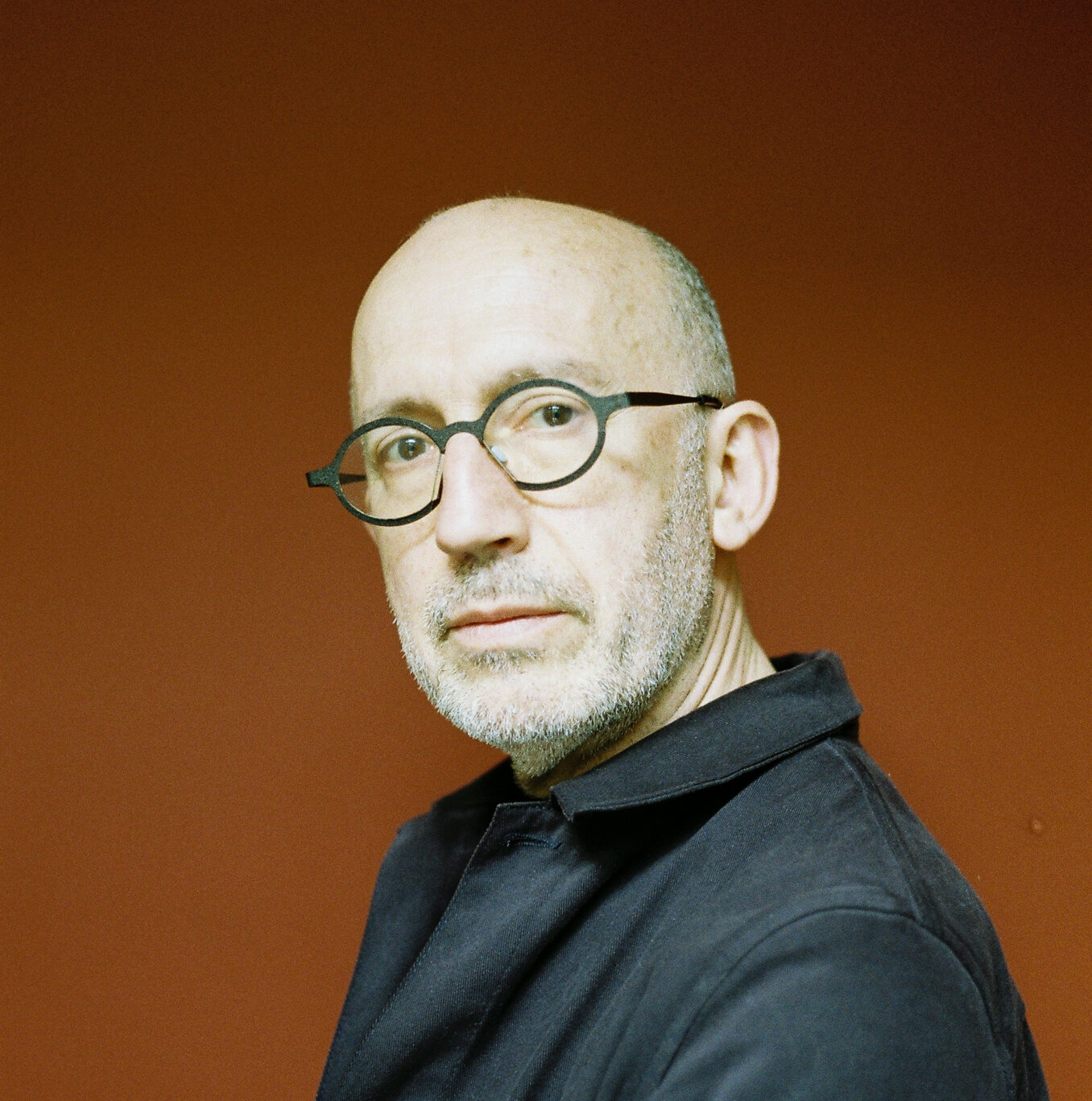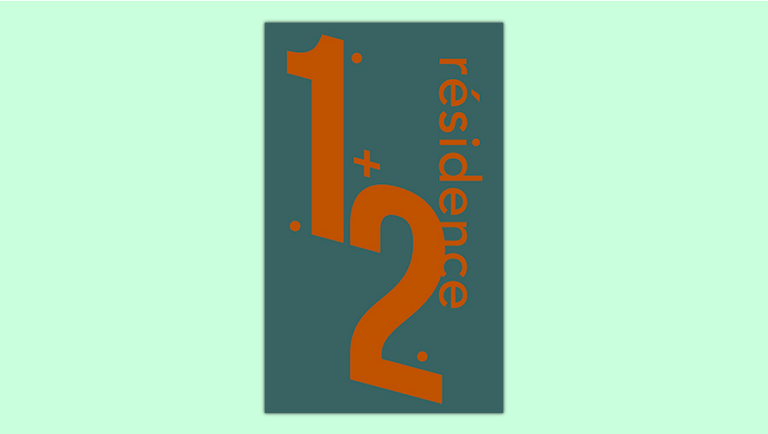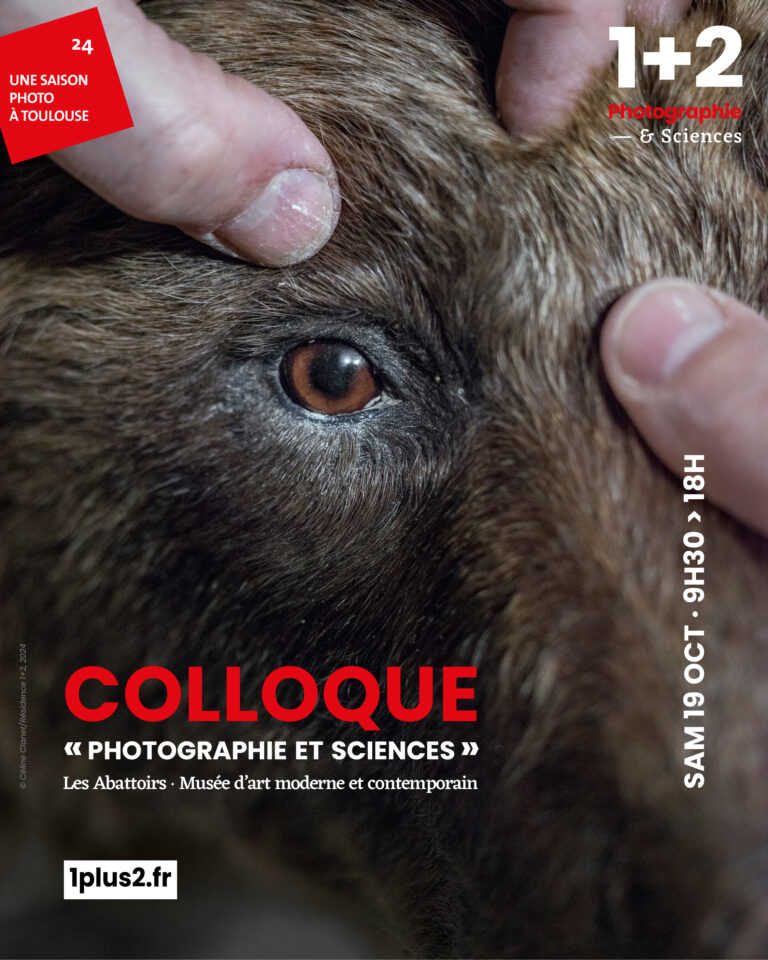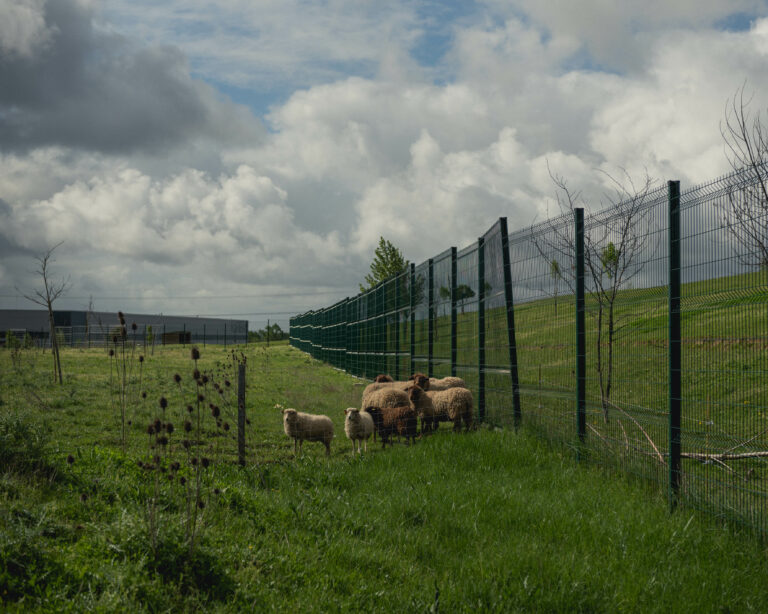Photo credit : © Catherine Peter, 2020.
Michel Poivert is Professor of Art History at the University of Paris I Panthéon Sorbonne, where he founded the chair of history of photography, he is also a critic and exhibition curator.
Historian of photography, his publications include La photographie contemporaine (Flammarion, 2018), L’image au service de la révolution (Le Point du Jour Éditeurs, 2006), Gilles Caron, le conflit intérieur (Photosynthèse, 2012), Brève histoire de la photographie, essai (Hazan, 2015), Les Peintres photographes : de Degas à Hockney (Citadelles & Mazenod, 2017), Gilles Caron, 1968 (Flammarion, 2018) and 50 ans de photographie française de 1970 à nos jours (Textuel, 2019). He has notably organised the exhibitions La Région humaine (Musée d’art contemporain, Lyon, 2006), L’Événement, les images comme acteur de l’histoire (Jeu de Paume, Paris, 2007), Gilles Caron, le conflit intérieur (Musée de l’Elysée, Lausanne, 2013), Nadar, la Norme et le Caprice (Multimedia Art Museum, Moscou, 2015), Gilles Caron Paris 1968 (Hôtel de Ville, Paris, 2018), Philippe Chancel Datazone (Arles, 2019), « Métamorphose, la photographie en France 1968-1989 » (Pavillon Populaire, Montpellier, 2022).
He is otherwise president of the association of prefiguration of the Collège international de photographie (CIPGP).
Can you introduce yourself in a few words?
This autumn, I am lucky enough to see two beautiful projects come to fruition. First of all, the publication of a book entitled Contre-culture dans la photographie contemporaine (Textuel) which took me more than two years to complete and which is very well done. I am eager to share with readers this survey and analysis, which paints a picture of the many « heterodox » photographic experiments that, since the advent of digital photography, have been conducted by artists who are keen to propose a new conception of photography, even though it was claimed, just a few years ago, that it had dissolved into the general category of images. The other project that is coming to fruition is an exhibition that will open on 29 October at the Pavillon populaire in Montpellier. It is devoted to French photography of the 1970s and 80s and is entitled « Métamorphose – La Photographie en France 1968-1989 ». More than one hundred photographers and nearly 250 works will be on display, showing how much creation has changed in two decades, and how we are the heirs of these « pioneers of contemporary photography ».
After the astronaut Jean-François Clervoy, the astrophysicist Sylvestre Maurice and the oceanographer Catherine Jeandel (both from the scientific world) and Héloïse Conesa, you are the first patron from the world of photography to join the Résidence 1+2. What motivated you to accept this invitation?
There is one thing that is obvious to me as an art and photography historian: the artist and the scholar are in constant dialogue. Either directly, or through their use of technology, or conceptually or even poetically in their inspirations. This alliance broke down in our imagination in the 19th century with the ideology of progress and the primacy of engineering. Whereas reality has constantly proved that the artistic and scientific worlds have remained in dialogue. We therefore need to find new forms of representation of this essential relationship which, once again, has never been lost. In my opinion, the 1+2 Residence contributes, in the field of photography, to reenchanting this alliance and above all to showing its social significance – perhaps to rehumanising a science often presented as too « cold » and a creation experienced as too « distant » and elitist.
What is your role as patron?
It is actually quite modest ! Meeting, accompanying, dialoguing during seminars, and especially through my own work, giving visibility to the values carried by this alliance of young artists and scientists. Yes, this is perhaps what my role has been, to bear in mind, during our exchanges with artists, that everything is invented in the crossing of knowledge and know-how. A good part of my latest book is in resonance with this « role » of patron.
What does the experience of a photographic residency mean to you in the creative process of a contemporary photographer?
The residencies are numerous and diverse, they are, alongside the orders and prices, a real way to live the research in art and therefore to finance it without making compromises with the dominant taste and the market. It’s some kind of laboratory! To give time, means and an environment to artists is to play a real role of patron of research and creation, but a patron without interest linked to ostentation, a kind of democratic support!
Are photography and science meant to dialogue and interact? In your opinion, what are the possible synergies ? For what objectives?
Let us be clear, as an art historian I must repeat here: the « sciences » include the so-called « hard » sciences and the humanities and social sciences. So yes, of course photography and science interact, often photography is a means of documentary production as well as a methodological instrument of investigation and description. But, beyond the strict (but complex) use value of photography, its creative dimension resonates with scientific research issues. Let’s take the example of landscape, this consecrated « genre » has been constantly working on our relationship with nature for 50 years, taking as its subject « non-places », « zones », etc. And has gradually modified our imaginary of landscape : art advances where there is no image yet, and contributes to shaping our imaginary. Our entire conception of nature stems from artistic representations (from literature to photography, from painting to music) as well as from its scientific study, to know, to learn is above all to have an image to share.
Artistic, societal and environmental issues, what role can a residence such as ours play in the face of these major contemporary challenges?
Where we are, each of us must work on the ethics of our practices. A residence like Residence 1+2 not only combines knowledge but works on the principle of transmission between different generations. These are values and practices that can then follow communities of interest and action to defend causes, to innovate, to link environmental, political and aesthetic issues, this is what Félix Guattari called ecosophy.
Interviewed by the Résidence 1+2




